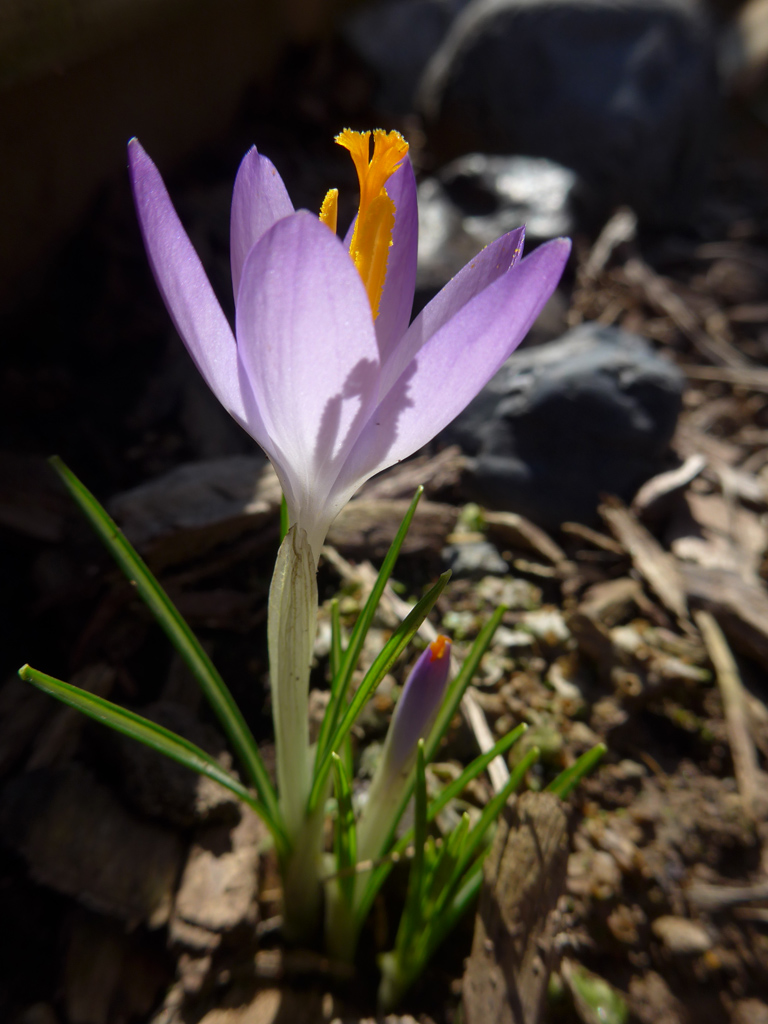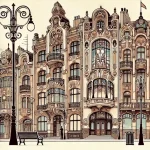Crocus Flowers in Art Nouveau

The crocus is among the first heralds of spring, often blooming while snow still lingers on the ground. These delicate yet resilient flowers emerge boldly from the frozen earth, signaling nature’s quiet awakening. Native to central and southern Europe and extending east into Asia, the crocus has long been admired for its beauty, symbolism, and ephemeral nature. This admiration is especially evident in Crocus Flowers in Art Nouveau, where the flower’s graceful form and vibrant color captured the imaginations of artists seeking to embody natural elegance. After its brief but brilliant flowering, the crocus retreats into dormancy, disappearing from sight until it reemerges the following spring.
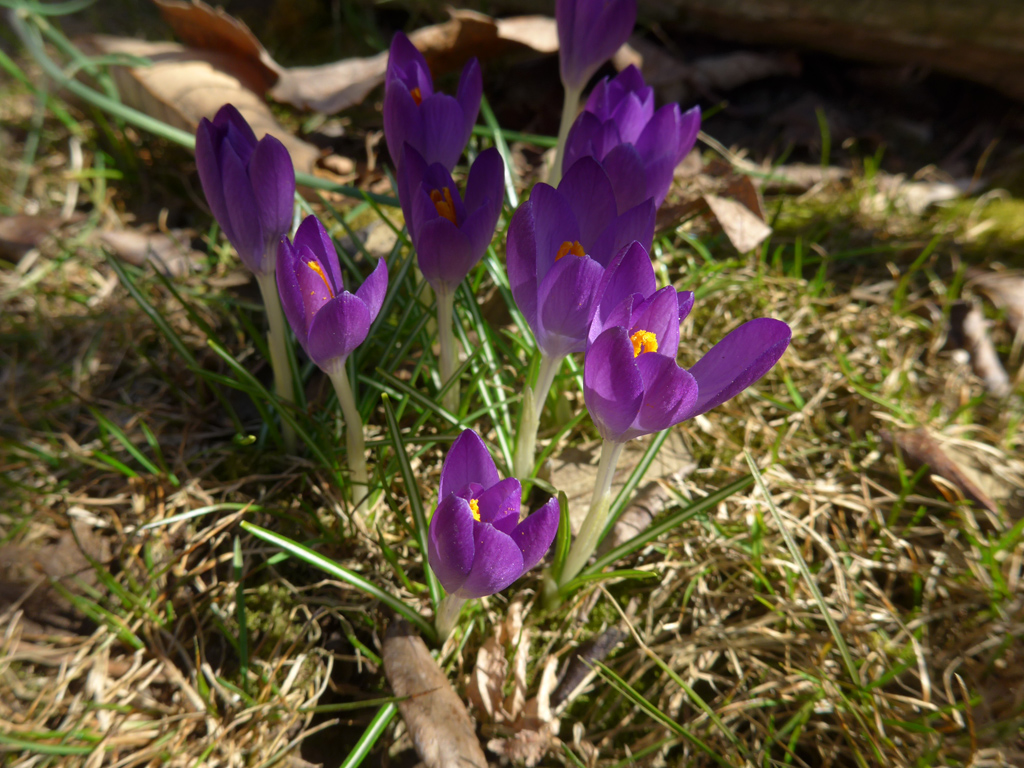
In the world of Art Nouveau, which flourished in the late 19th and early 20th centuries, the crocus found a perfect home. Art Nouveau artists and designers drew inspiration from the natural world—favoring organic forms, flowing lines, and floral motifs. The crocus, with its elegant silhouette and seasonal symbolism, was a fitting subject for this decorative movement.
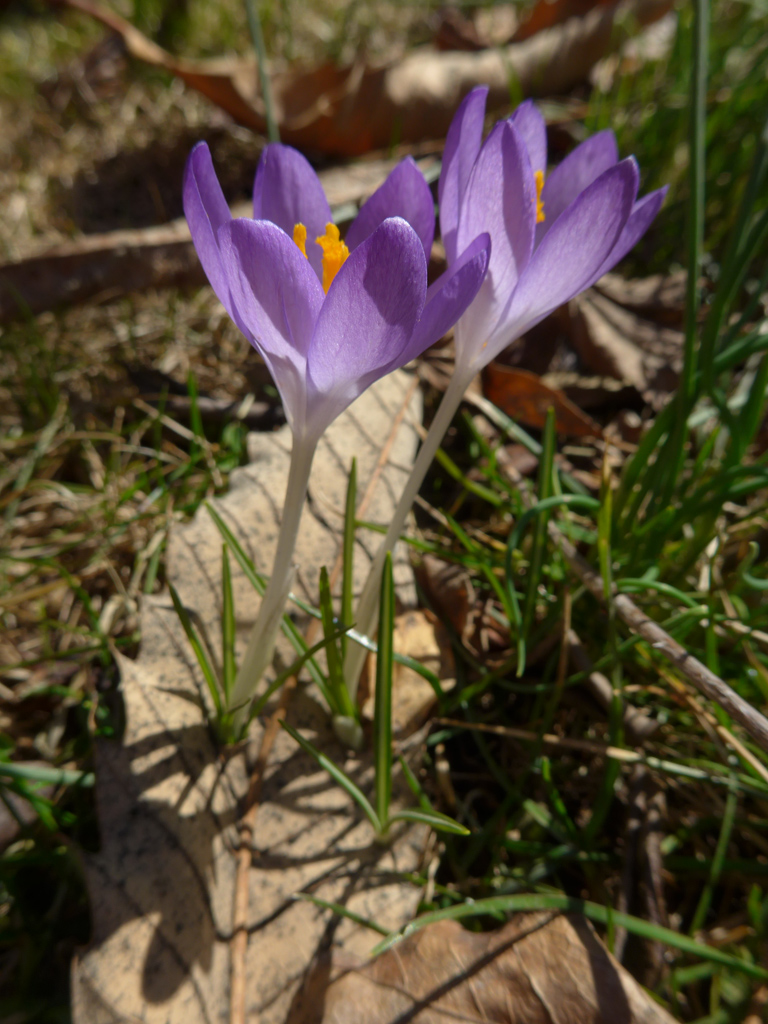
The Crocus often appeared in stained glass, wallpaper patterns, jewelry, ceramics, and book illustrations, making it a favored motif across a wide range of decorative arts during the Art Nouveau period. Its delicate form and symbolic resonance aligned perfectly with the movement’s ideals, which emphasized organic beauty, natural forms, and emotional depth. Artists such as Alphonse Mucha and Émile Gallé, celebrated for their botanical focus, embraced the Crocus not only for its visual charm but also for its deeper associations with renewal, transformation, and the fleeting nature of life. In Mucha’s stylized posters, Crocus flowers sometimes subtly adorned the backgrounds, echoing themes of feminine grace and seasonal cycles, while Gallé incorporated them into intricately etched glass vases, capturing their transient bloom in fragile transparency. The flower’s slim, upright shape and vivid petals—often rendered in purples, golds, and whites—lent themselves beautifully to the curvilinear, flowing lines that defined Art Nouveau, creating a seamless blend of aesthetic elegance and symbolic meaning. Through these artistic expressions, the Crocus became more than just a flower; it was a visual metaphor for the beauty and impermanence of nature itself.
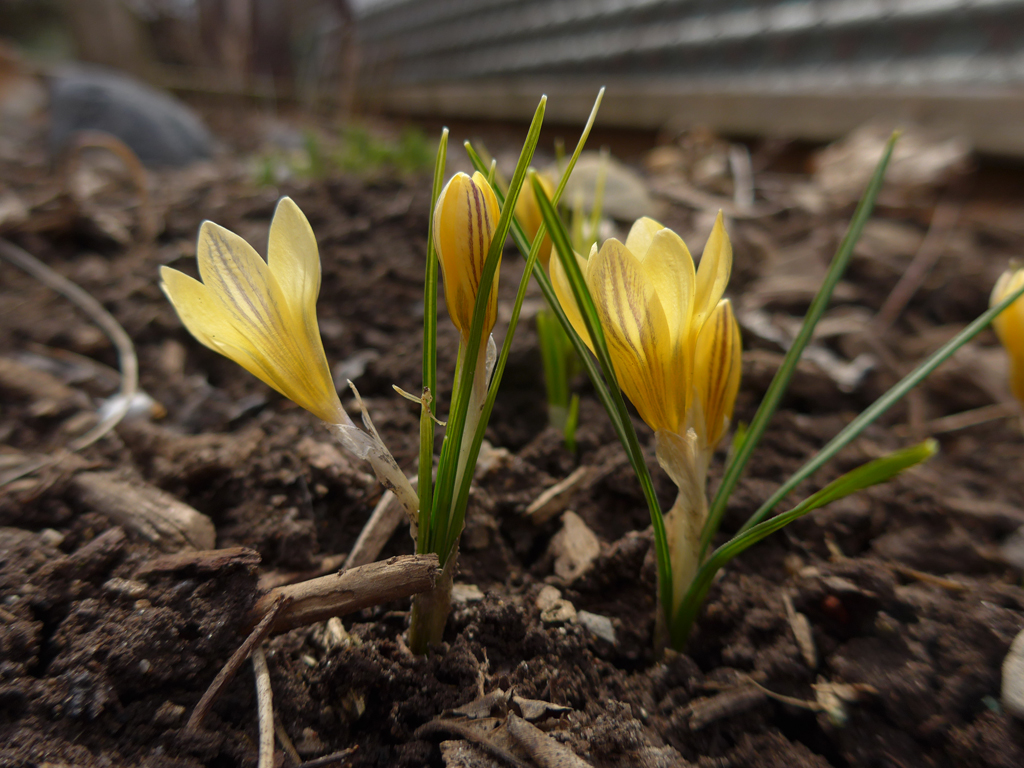
Moreover, the crocus symbolized not only the arrival of spring but also themes central to the Art Nouveau ethos—transience, rebirth, and the cycles of life. In decorative arts, it was often stylized with sweeping curves and elongated stems, merging seamlessly with the flowing forms of furniture, ceramics, and textiles from the period.
